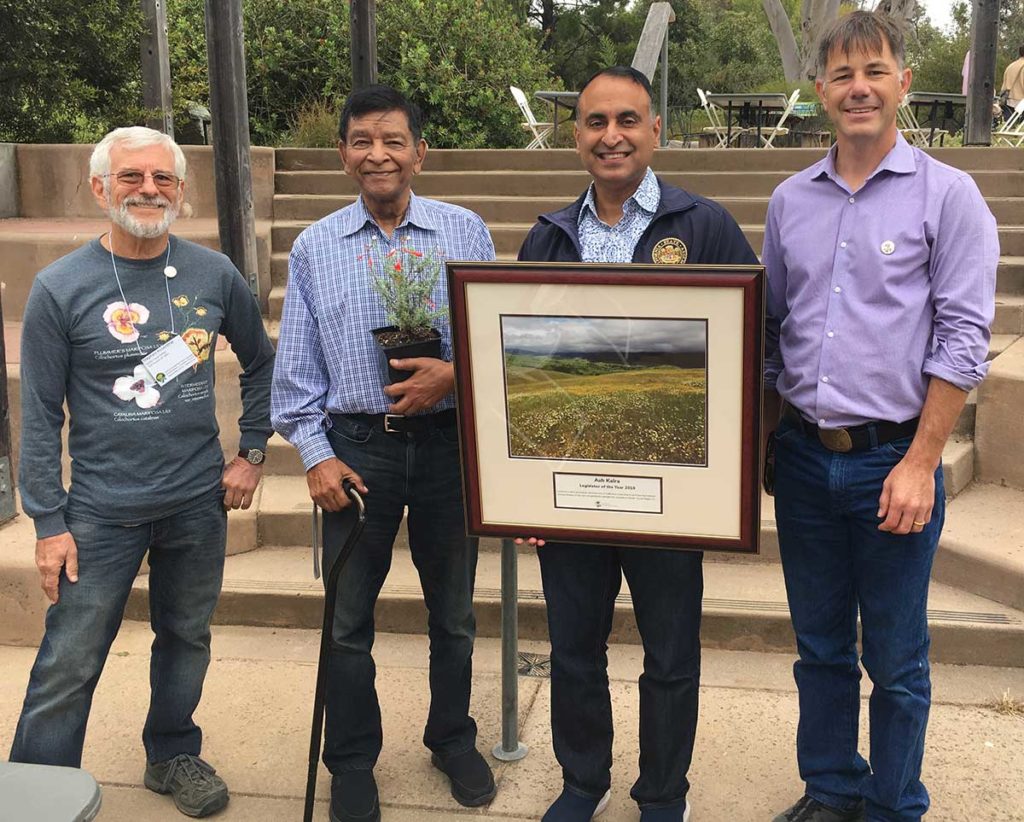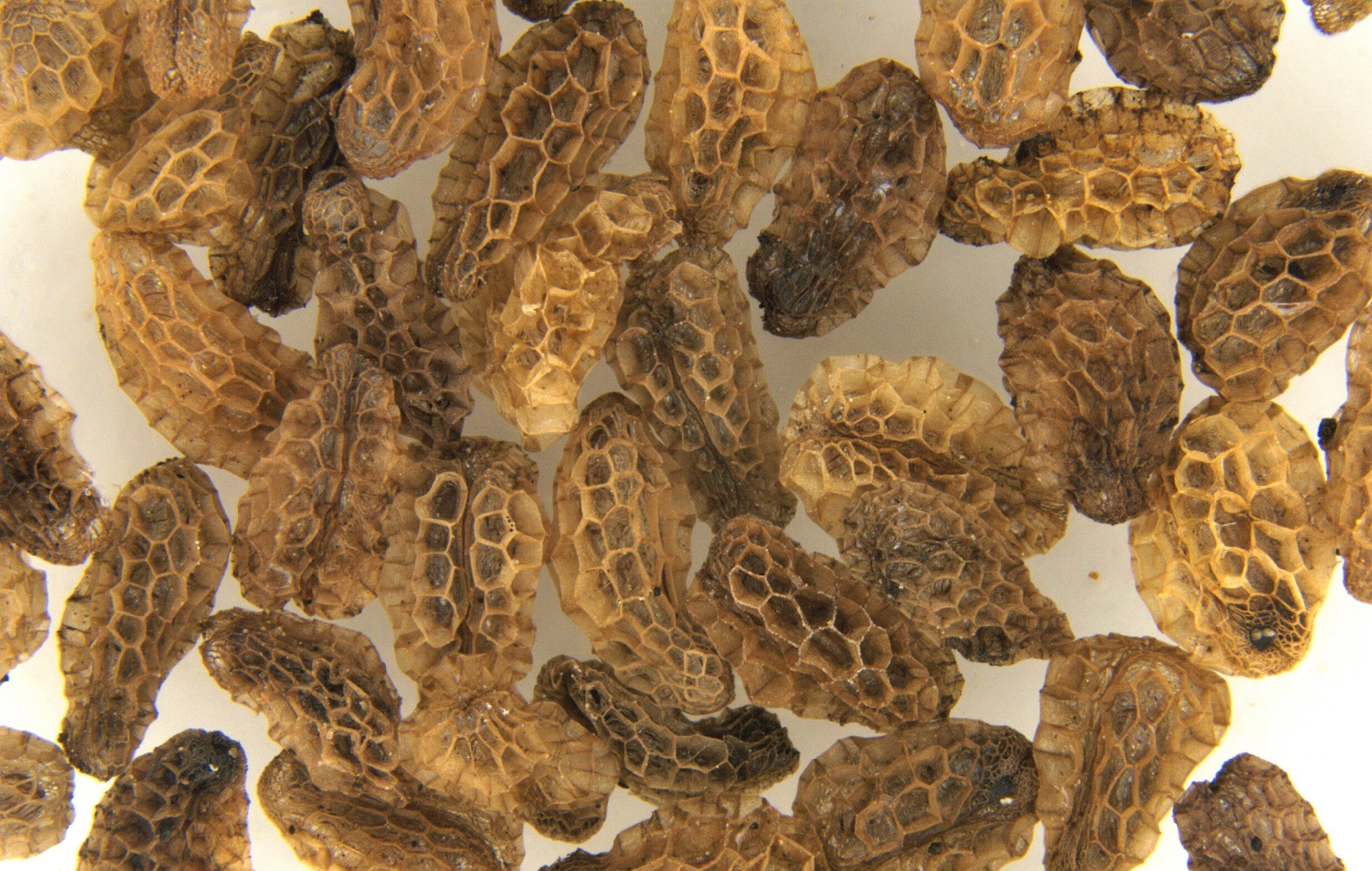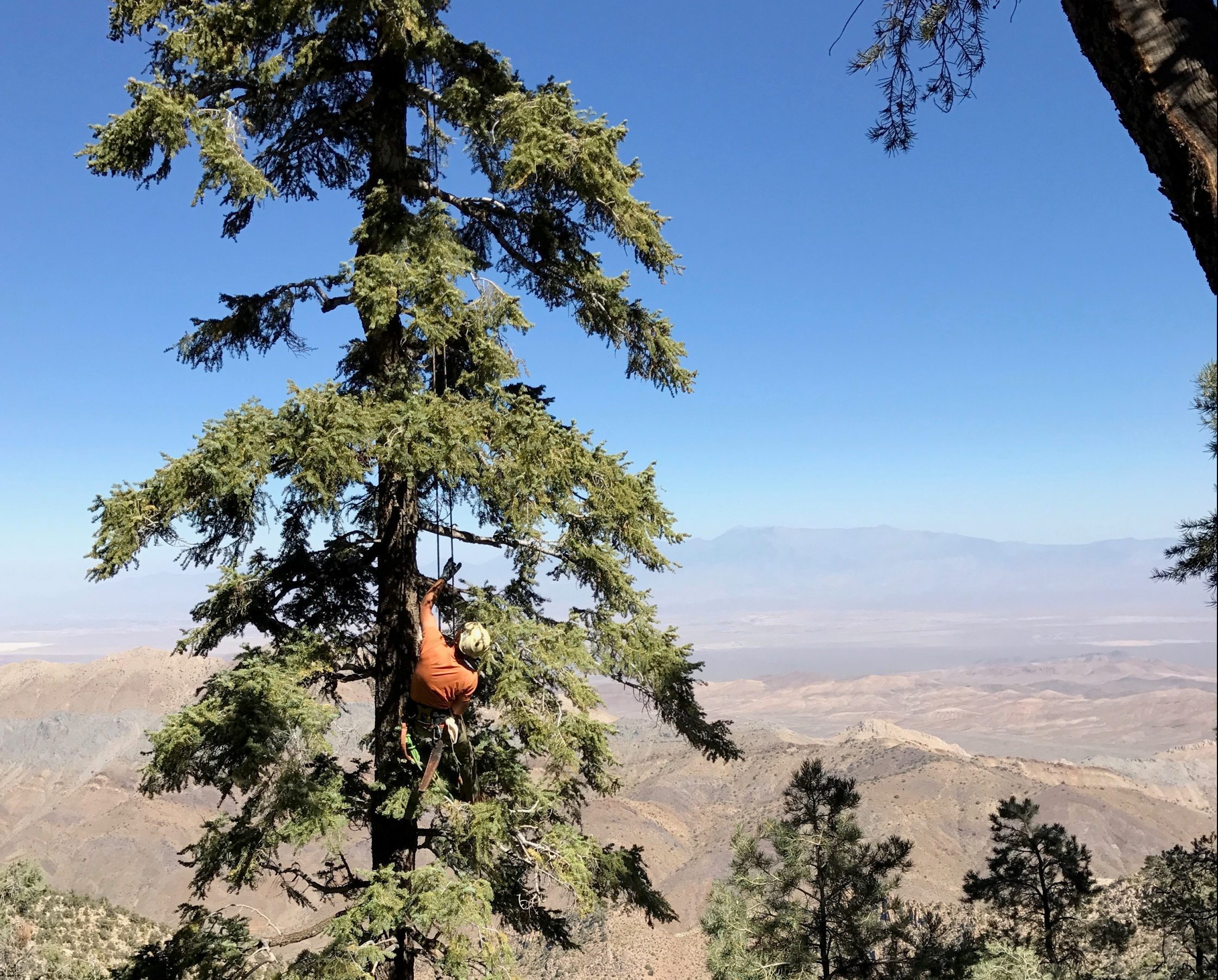Aware, Ready, and Constantly Working To Protect Biodiversity
Based on information provided by Greg Suba, former Conservation Program Director
It is by no means unusual for special projects to get funding directly through line items in a budget act. It happens on the state and federal level for every budget passed, though it is new to CPC, who will be disbursing funds on behalf of California Plant Rescue (CaPR) from the state of California. For CPC, procuring the funds legislated for seed banking California’s rarest plants was fairly straightforward because the work getting it into the legislation had been accomplished already. The California Native Plant Society’s (CNPS) staff and contracted lobbyists put in the time well before the governor’s pen met paper finalizing the funding, and it is their work, awareness of the capital’s goings-on and workings that helped all the CaPR partners conserve the state’s rare flora.
CNPS was a leader in outlining the California Biodiversity Initiative, which the seed banking funds support. The initiative was developed under Governor Brown in his second term and is an aspirational initiative to protect the valuable and unique biodiversity of the state. The Initiative has several broad goals, including preserving native species, protecting and restoring all types of California ecosystems, and improving ecosystem functions. Many scientists and conservationists came together to design a roadmap that would help implement these lofty goals. However, the specific projects won’t happen unless funded by the state or private philanthropy. Establishing the Initiative as policy was just step one; follow-up steps including procuring funding, were always part of the plan.
The Biodiversity Initiative has exciting implications for government agencies as well as nonprofits. The California Natural Resources Agency, California Department of Food and Agriculture (CDFA), and Department of Fish and Wildlife are all important to the initiative. And the agencies get the first pass at impacting the budget by submitting Budget Change Proposals to the governor’s office. The governor builds a budget proposal with these submissions, and other things, in mind. The draft goes to the legislators and is adjusted. In the fall of 2019, CDFA submitted a budget change proposal to explore the establishment of a seed-banking network. CNPS’s lobbyists, Alfredo Arredondo and Jaymee Go of Priority Strategies, Inc., learned of the submission and worked with CNPS to convince the CDFA that the existence of CaPR meant that a network was already established, and no exploration was needed.

This sparked the idea of seeking funding to support the existing network. CDFA had already made the case that seed banking was a good idea worthy of budget appropriations. Alfredo and Jaymee prepared a short list of strong, visionary environmental leaders in the Assembly and Senate, with Assemblymember Ash Kalra, representing the San Jose area of California, rising to the top of the list. As a relatively new member of the legislature wanting to establish his environmental credibility, his office had already put out feelers that he was interested in addressing biodiversity preservation following the release of the UN’s report on biodiversity. The timing was lucky: just as CNPS was looking for a sponsor, Asm. Kalra was inspired to address the biodiversity crisis.
Besides the lobbyists, Director of Conservation Greg Suba and Executive Director Dan Glusenkamp were involved in speaking to the assembly member about their biodiversity recommendations. Throughout the conversations with Asm. Kalra, the CNPS team made sure to let Secretary Ross of the CDFA, as well as the leaders of CDFW and the Natural Resources Agency, know about the funding proposal. Once the budget items were proposed, the team turned to lobbying support from other budget committee team members in the assembly and the senate, as well as the governor’s office, with some grassroots work thrown in to encourage the legislator’s help.
Advocating for plants is something all plant conservationists do in some way – someone needs to advocate for the botanical wonders hiding in plain sight. The timing of the dire UN report presented a great opportunity for CNPS to take advantage of the buzz around biodiversity. That they were aware of the different budget issues floating around the state capital allowed them to turn an exploratory budget request from an agency into funding action. CNPS plans to keep working with the state on implementing the Biodiversity Initiative, working with both state agencies and the legislature to make sure the state is doing everything possible to conserve California’s rich biodiversity.

